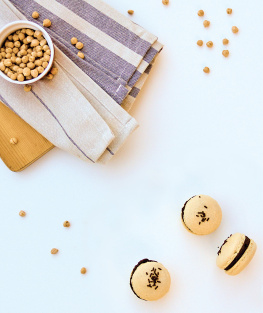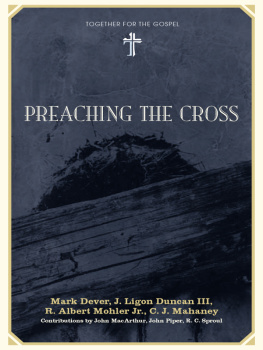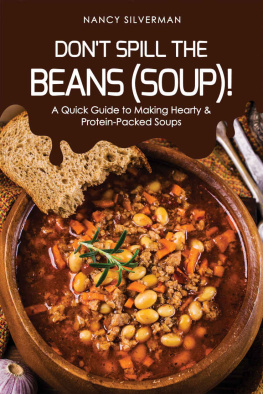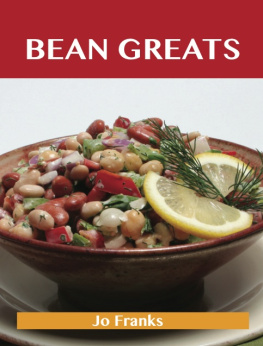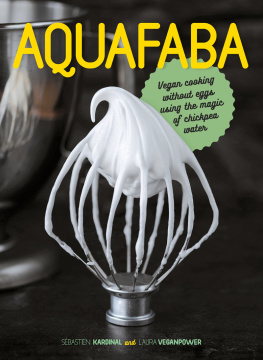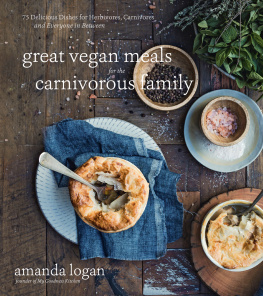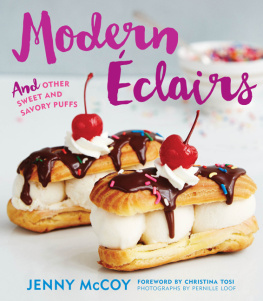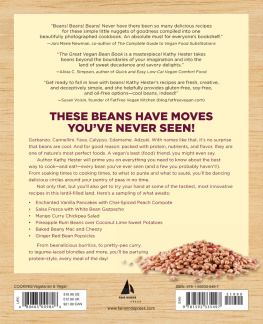Also by Zsu Dever
Vegan Bowls
Everyday Vegan Eats
Aquafaba: Sweet and Savory Vegan Recipes Made Egg-Free with the Magic of Bean Water by Zsu Dever (Copyright 2016 by Zsu Dever)
All rights reserved. No part of this book may be reproduced in any form, except in the context of reviews and fair reference, without written permission from the publisher.
ISBN: 978-1-941252-28-4
Vegan Heritage Press, LLC books are available at quantity discounts. For information, please visit our website at www.veganheritagepress.com or write the publisher at Vegan Heritage Press, P.O. Box 628, Woodstock, VA 22664-0628.
Library of Congress Cataloging-in-Publication Data
Names: Dever, Zsu, 1972
Title: Aquafaba : sweet and savory vegan recipes made egg-free using the
magic of bean water / Zsu Dever.
Description: Woodstock, Virginia : Vegan Heritage Press, 2016.
Identifiers: LCCN 2016029483 (print) | LCCN 2016034832 (ebook) | ISBN
9781941252277 (paperback) | ISBN 9781941252284 (epub) | ISBN 9781941252291
(prc)
Subjects: LCSH: Vegan cooking. | Vegetable juices. | Tofu. | BISAC: COOKING /
Health & Healing / Allergy. | COOKING / Vegetarian & Vegan. | LCGFT:
Cookbooks.
Classification: LCC TX837 .D378 2016 (print) | LCC TX837 (ebook) | DDC
641.5/636--dc23
Photo credits: Cover and interior photos by Zsu Dever.
Vegan Heritage Press, LLC books are distributed by Andrews McMeel Publishing.
Dedication
For the hens, first and foremost.
And for my incredible husband,
whose support keeps me moving.
Contents
Foreword
T hroughout history, the egg has been associated with rebirth, renewal, and creation. For many, breaking the nightly fast as the sun rises with a meal of eggs is a daily ritual. Images of cooking eggs permeate our cultural consciousness and media. For vegans, however, the positive symbolism traditionally associated with eggs has been replaced with a reminder of the harsh and brutal reality of animal agriculture. Humans are a creative bunch, and nowhere is that more apparent than in the collection of alternatives those on egg-restricted diets have devised in order to replicate the culinary properties of eggs.
Existing egg substitutes run the gamut from whole foods like bananas and applesauce to commercial mixes based on refined starches or ground nuts and seeds. More recently, we are seeing mixes of proteins, starches, and vegetable gums to cover more applications and reduce some of the limitations of existing substitutes. These combinations trade the simplicity of whole foods for a more accurate emulation of egg properties, but even the best mixes fall short in several key areas like egg-white foams on cocktails or the pillowy white foam of the inimitable egg-based meringue.
In early 2015, I was asked to make meringues for my mothers vegan seder. After an Internet search for vegan meringues turned up few recipes, I spent a few weeks trying what I could to make foams from random kitchen and molecular gastronomy ingredients. Eventually, I had all but settled on a meringue mostly based on a commercial starchy egg replacer and made with a specific ratio of water, sugar, and baking temperature. The texture of the meringue was so-so, and the taste was reminiscent of cardboard, but at least the sugar masked it enough to make it edible. Thats when I heard about an online video in which a pair of French chefs used the foam made from a can of chickpeas and chocolate to make a chilled mousse. I wondered if maybe the foam they were using would be strong enough to work in the recipe I had created.
After opening a can of chickpeas and pouring the slimy liquid through a fine tea strainer into a kitchen stand mixer bowl, I flicked on the power to see what would happen. Moments later, out of this goopy waste product a pillowy, dense foam arose, exactly like you might expect from egg whites. Encouraged by this odd alchemical combination of magic and science unfolding in the bowl, I decided it would be prudent to keep all other variables the same and tried the same sugar, liquid, and heat from previous trials. With the addition of the sugar, the foam gained strength and took on the characteristic sheen of egg-based meringues. I popped a few amorphous blobs of meringue in the oven to see what would happen overnight. The next morning, when the oven door was opened, there they were. They had the very same texture and taste that I remembered from egg-white meringues and were made with only two ingredients! Here was a nearly perfect meringue substitute without any refined starches, gums, proteins, leavening agents, or fancy mod ingredients. Out of habit, I snapped a picture and posted to the Facebook group What Fat Vegans Eat, a vegan food-centered group with almost 35,000 members at the time.
As winter gave way to spring in March 2015, the proverbial vegan egg cracked open to the steadily growing sound of people biting into meringues, pavlovas, and macarons worldwide. The nest in which this all took place was a new Facebook group Vegan Meringues Hits and Misses! The group was formed in order to tease out why some were having great success replicating the meringue while others were failing.
One of the founding ideas of this new group was that by sharing what failed along with what worked, we could learn from the mistakes of others and build upon them instead of reproducing the same failures over and over, wasting time and ingredients. This, combined with global accessibility to bean-cooking liquid, meant that traditional egg-based recipes were suddenly available to a large number of people, without the need for obscure ingredients like refined starches or vegetable gums. Kitchens across the globe turned out new and exciting desserts, and delicious recreations of culturally significant dishes (like pavlovas) that many had given up hope of having again finally became possible.
It wasnt just new discoveries and recipes that popped up in the group in those first few weeks. There was also a proliferation of names for the new liquid. There simply was no existing word for the liquid, leaving the authors of new posts to decide how to refer to the new liquid using names like legg, bean juice, bean brine, and chickpea liquid. The group eventually settled on aquafaba, which is a mashup of Latin for water and Latin for bean, but which also carries with it connotations of being fabulous and representing the family of pulses, fabacaea. Not only was a completely new word born, but with it, this strong sense of community and collaboration.
The fledging of aquafaba took the form of a proliferation of blog posts with recipes for marshmallows, cookies, cakes, mayonnaise, Italian meringue buttercream icing, butter, cheese, and much, much more. With the release of commercial products and articles in major news outlets like the New York Times, Boston Globe, and the Guardian, aquafaba has spread its wings and taken flight into a life of its own.
An aquafaba book is long overdue, and in a fitting coincidence, this book is being released in the year that has been declared by the United Nations as the International Year of Pulses. If you search for aquafaba online, you will see thousands of pages of results. The Facebook groups and aquafaba community provide welcome support to newcomers. There are documents in the Facebook groups with collections of popular recipes, and there are hundreds of blog posts about aquafaba. It can be a bit overwhelming for someone just learning about aquafaba and sometimes confusing as to how to get started. Some of the information online is misleading or wrong and some is very useful, but there hasnt been any single place to go to learn what aquafaba is, how to use it, and the pitfalls that you might encounter following recipes with it. Thats what makes this book so wonderful.

